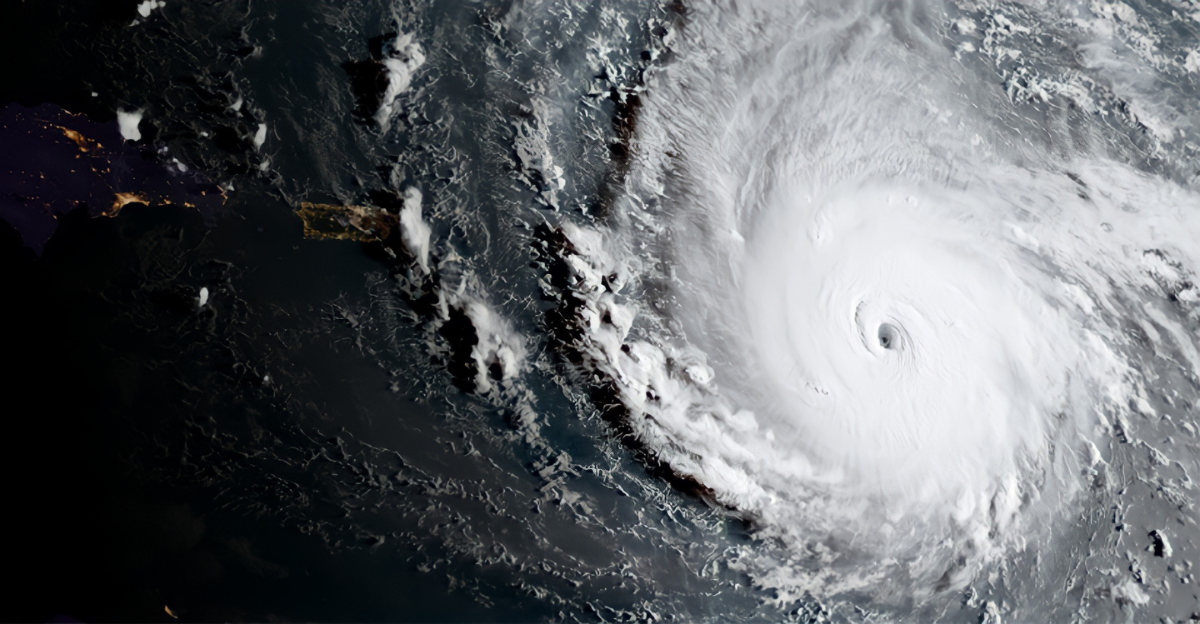
On September 26, 2025, South Carolina called a “critical” state of emergency in response to a fast-growing storm named Potential Tropical Cyclone Nine. This step was taken before the worst of the weather even arrived. By doing this, leaders hoped to keep everyone safe and avoid bigger problems later.
South Carolina officials stressed that waiting too long could put lives and property at serious risk. Declaring an emergency early makes it possible for the state to use special teams, move supplies quickly, and ask for help from other states and the federal government.
Why Is This Happening Now?

Meteorologists have kept a close watch on the Caribbean, where storms can start small and quickly become dangerous. This time, experts spotted a new weather system moving fast, so fast that South Carolina acted right away. The National Hurricane Center shared that the storm could become much stronger within a day or two, so it was important for local leaders to act before it hit.
Quick action gives families and businesses more time to get ready, and it helps emergency teams set up help where it’s most needed. “As this storm approaches our coast, I am issuing a State of Emergency to ensure Team South Carolina can access and deploy the resources and personnel needed to prepare for and respond to this storm,” said Governor Henry McMaster.
How Residents Are Getting Ready
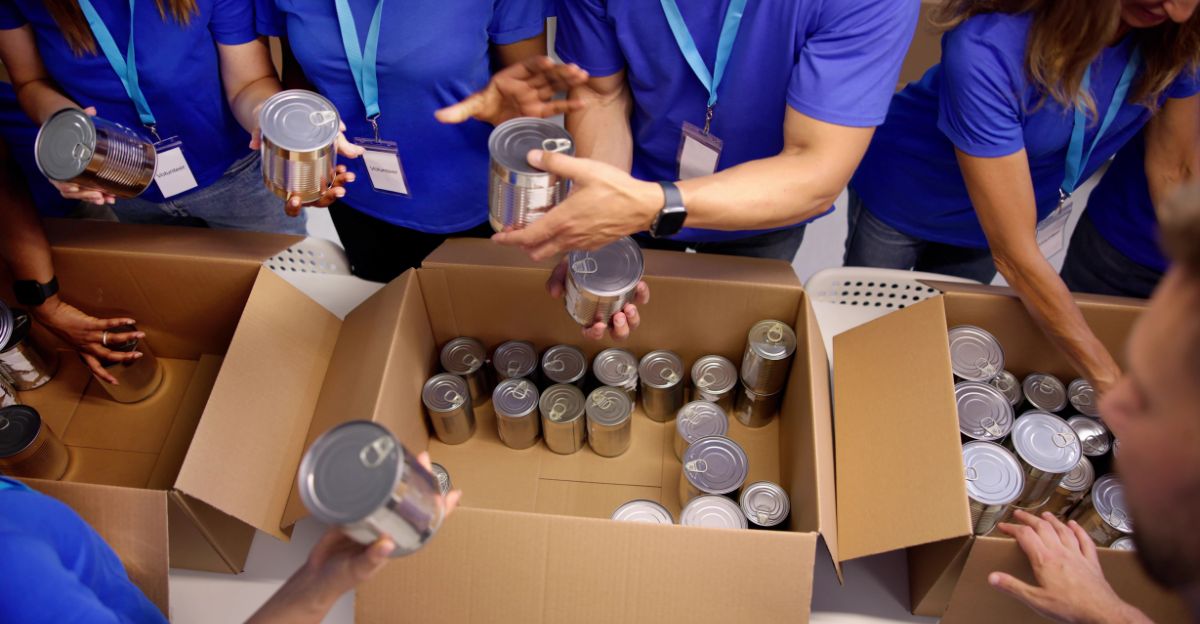
The emergency declaration meant that people in South Carolina quickly started buying supplies. Long lines formed at stores as families bought bottled water, canned food, batteries, and sandbags. In places like Charleston, people hurried to reinforce windows and protect their homes from flooding.
Photos and reports showed empty shelves and lots of activity in hardware stores. Buying what is needed ahead of time means there’s less risk during dangerous weather, and it also helps residents stay calm and safe while waiting for the storm to pass.
Businesses Adapt to the Storm

Not just families, but businesses across the region sprang into action. Grocery stores and fast-food chains changed their hours and made sure they had extra food deliveries for customers stocking up. National brands and local suppliers worked together to send more bread, milk, and essential goods to towns most at risk.
Adjusting their schedules and increasing deliveries meant businesses could keep serving people through uncertain weather and avoid big shortages.
Surge in Emergency Products
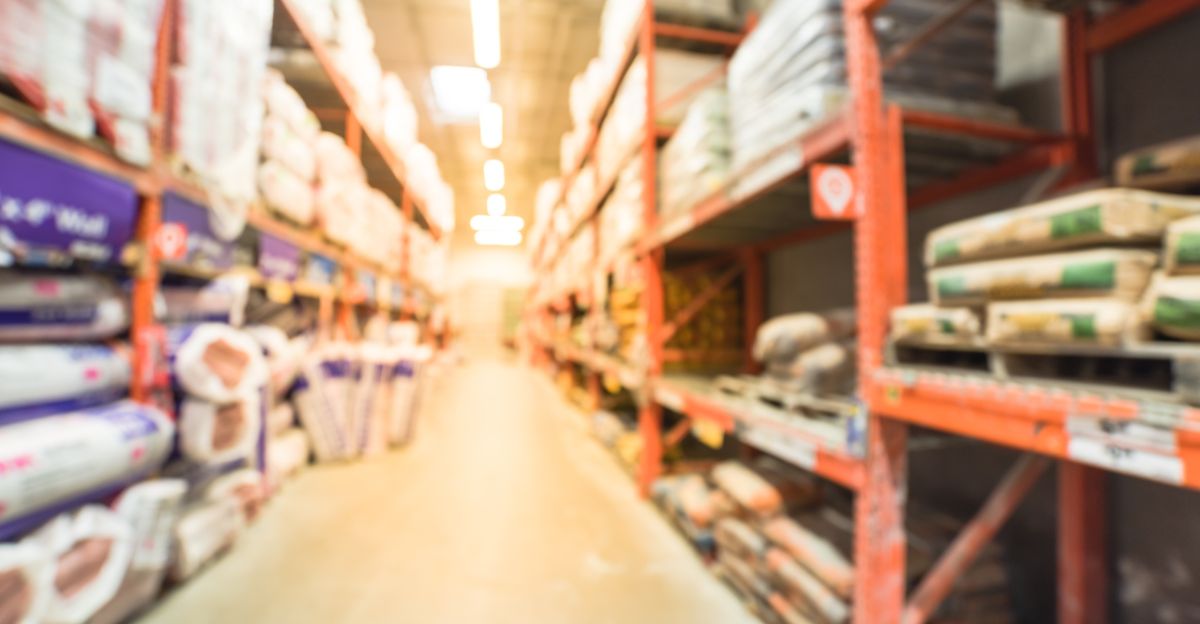
Sales of storm-related goods exploded as the storm approached. Hardware stores could barely keep up with demand for items like plywood, gasoline cans, and generators. Companies that produce window covers and water pumps started advertising heavily online and in stores.
Portable power supplies were especially popular, letting families keep crucial devices charged if the power went out. When the weather threatens, people tend to buy anything that could be even remotely useful.
Ports and Shipping Take Action
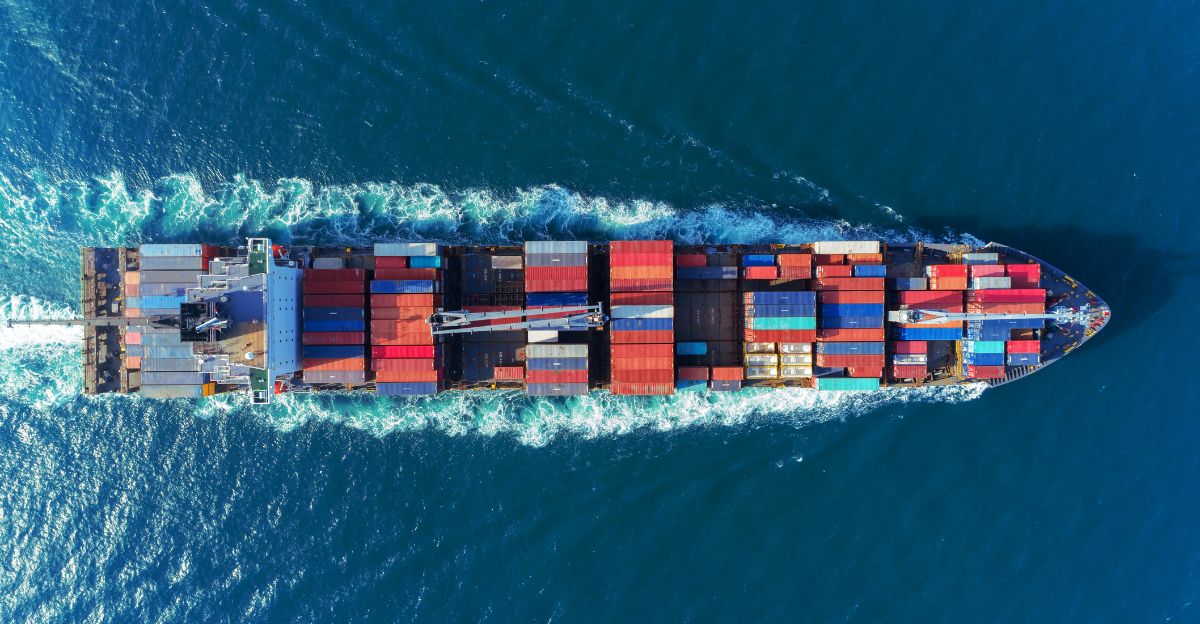
South Carolina’s main ports, such as those in Charleston and Savannah, had to prepare for possible disruptions. To keep goods moving and avoid major delays, port officials changed shipping routes and sent safety notices to companies that use their facilities.
Real-time monitoring and quick decisions were crucial to minimizing risks and economic slowdowns.
Everyday Heroes Step Up
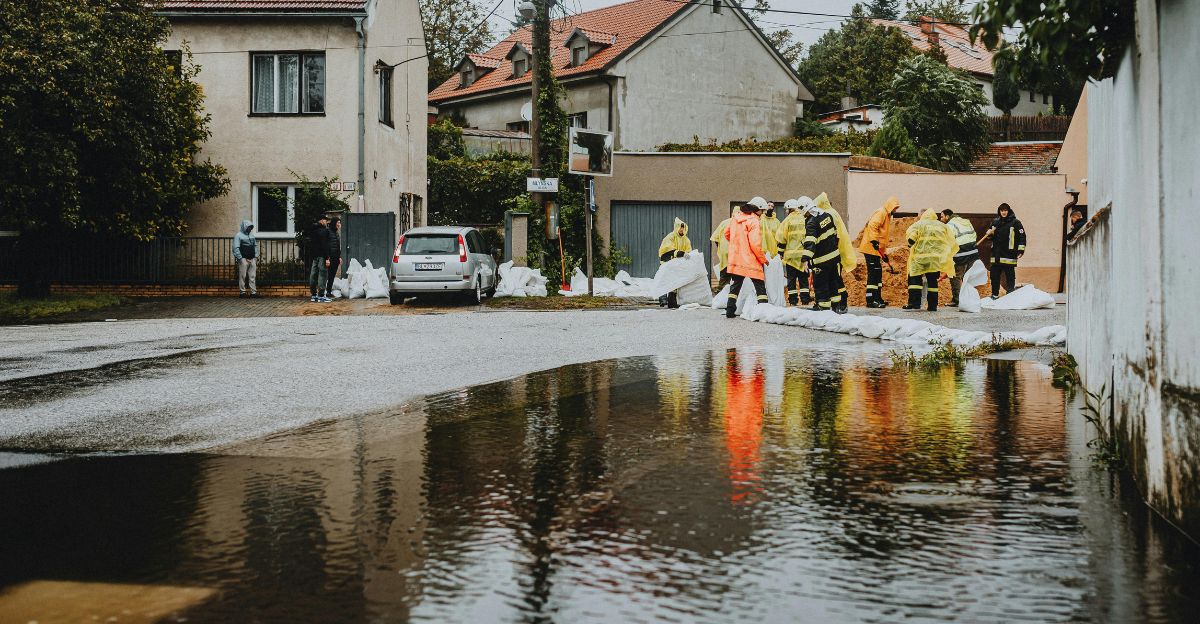
The days before the storm saw countless workers going the extra mile. In Charleston and Myrtle Beach, city crews filled sandbags, built walls, and staged vehicles designed to drive through high water.
Emergency crews spent long shifts preparing for all possibilities and making sure the most vulnerable residents would have the help they needed.
Leaders Join Forces

Behind the scenes, government agencies moved fast to coordinate their efforts. South Carolina’s Emergency Management Division connected with FEMA and the National Guard to get supplies, equipment, and rescue teams where they were needed.
By sharing plans and resources, neighboring states and cities tried to stay ahead of the storm, ready to help each other if the need arose. This level of cooperation helps make sure that, no matter where the storm hits hardest, help can move quickly across the region.
Price Surges and Shortages
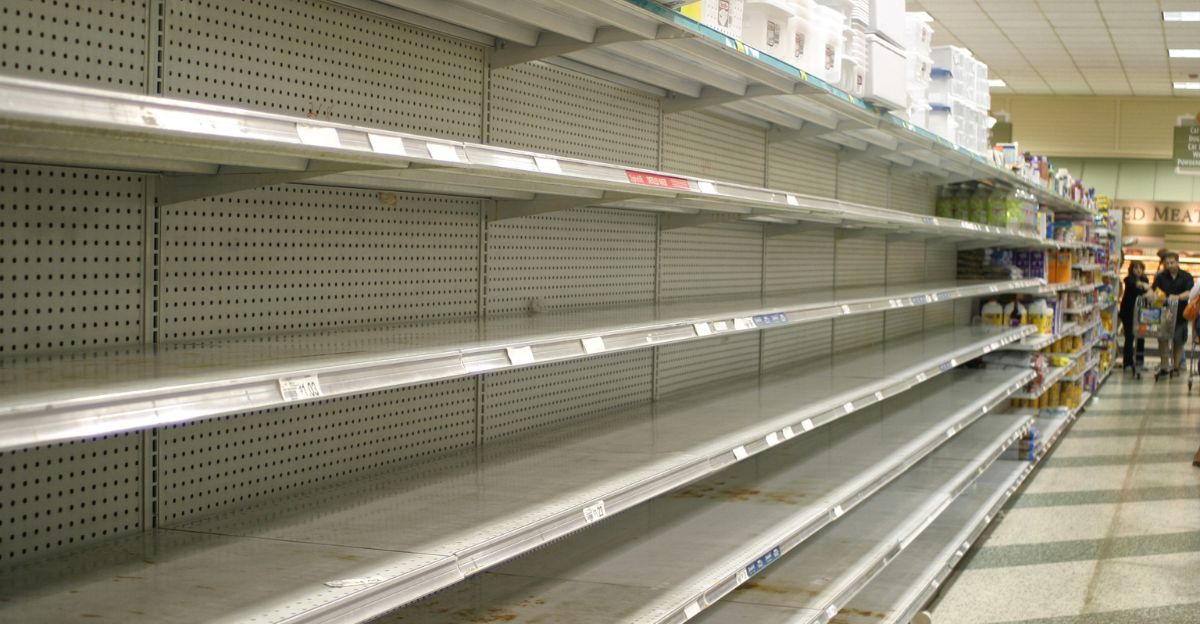
With a state of emergency came a new problem, goods like water, food, and fuel became more expensive. Retailers struggled to restock shelves quickly enough to keep up with everyone’s rush to buy necessities. Insurance companies adjusted their prices, too, knowing that properties could be damaged.
Economists warned that these supply chain traffic jams, even if short, might push prices for groceries and gas higher across the state for weeks to come. Families felt the pinch in their wallets even before seeing the first raindrops.
How Stores Managed the Rush
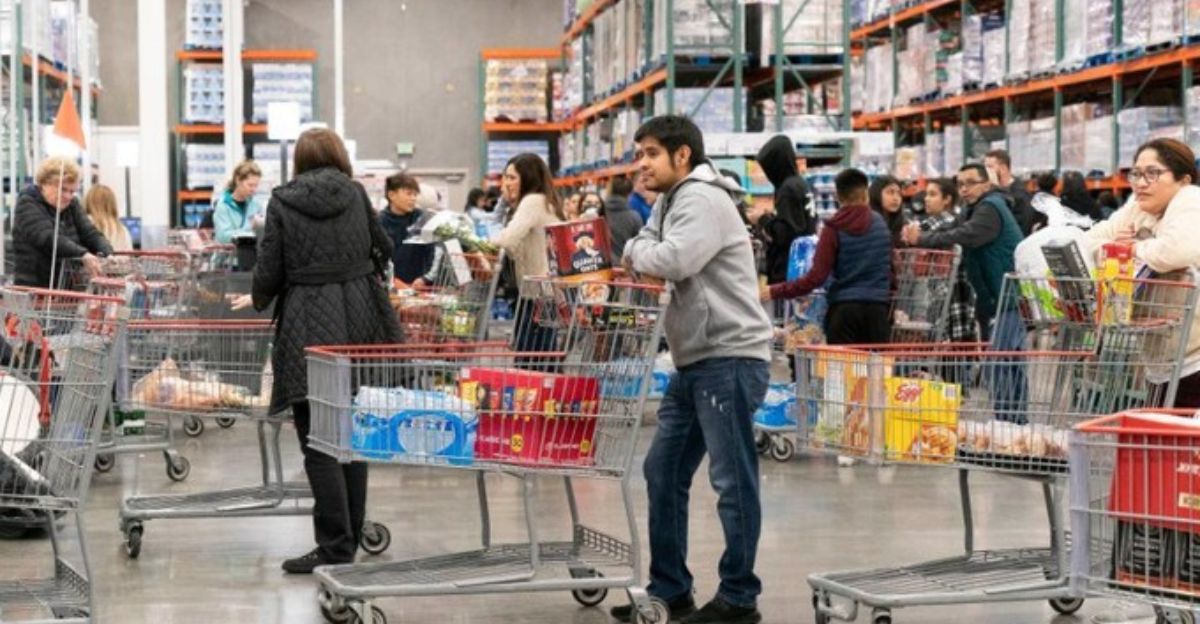
To avoid total chaos, some grocery chains and big retailers put purchase limits on certain items. People could only buy a set amount of items, like bread or bottled water. Stores also started encouraging online orders or pre-orders to help manage what came off shelves.
Employees worked extra shifts, and deliveries happened more often to avoid disappointment. Keeping supplies available, even under pressure, was a key goal for retailers facing the dual demands of safety and customer service.
Hotels and Restaurants Pivot Plans
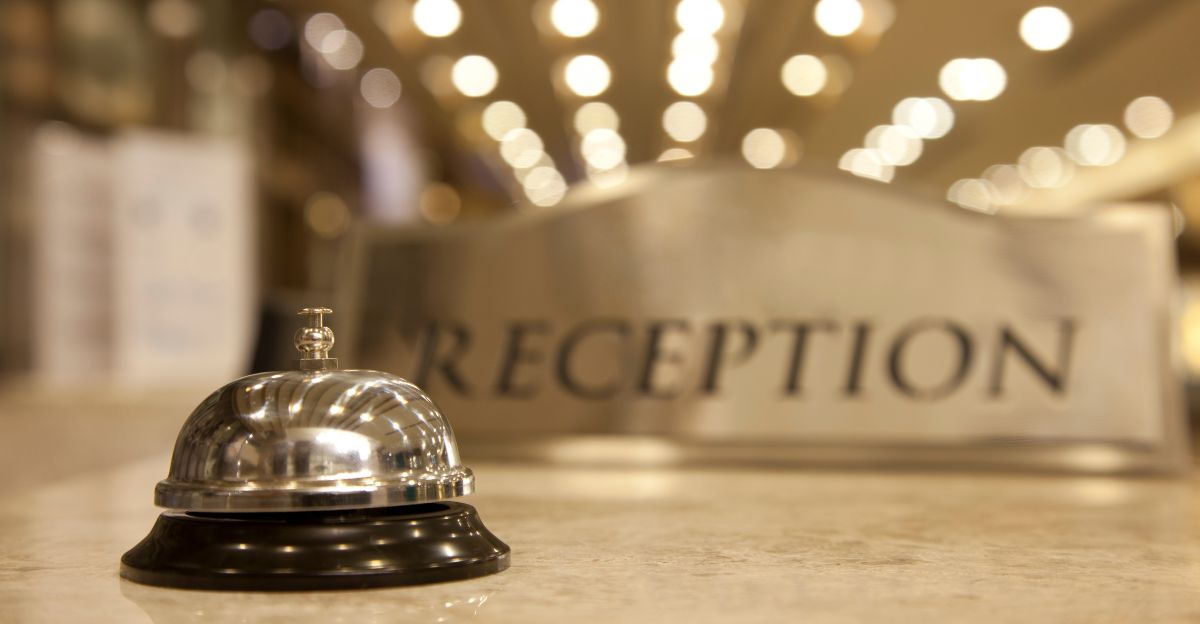
Hotels and restaurants on the South Carolina coast had to be flexible. They changed their cancellation policies to make it easier for guests to change plans without losing money. Many hotels put backup generators in place and set up emergency food and water for guests.
Restaurants posted early closing times and made sure staff knew how to prepare for bad weather. By acting early, these businesses hoped to prevent big financial losses and keep customers satisfied.
The Storm’s Wider Business Effects
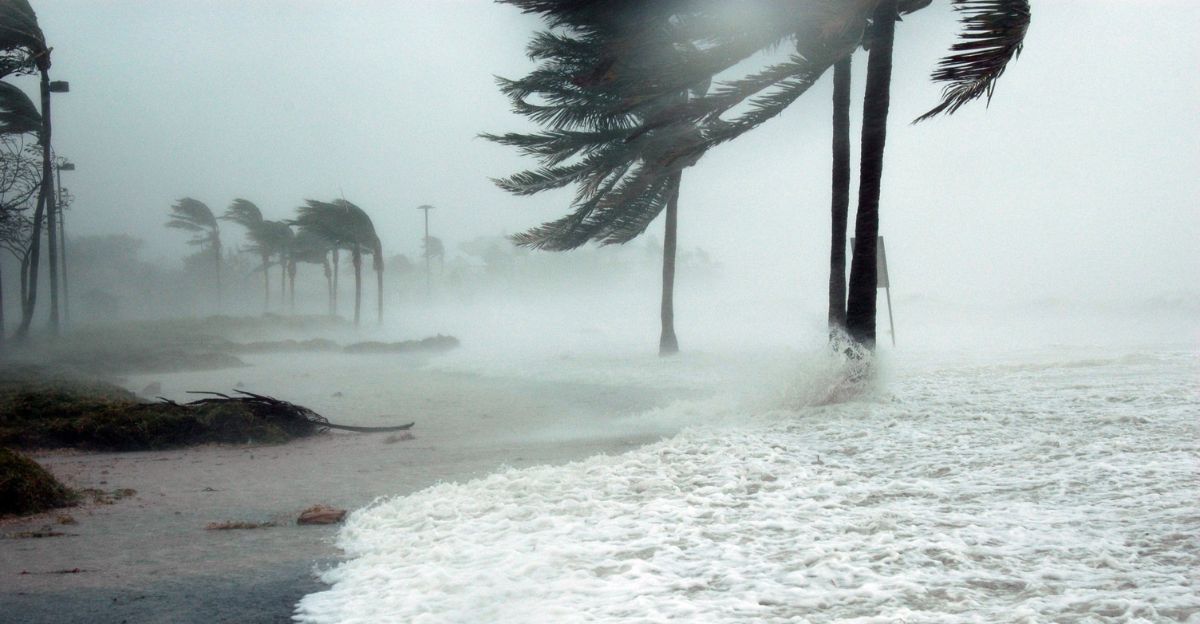
Even businesses not directly selling storm supplies felt the impact. For example, leather manufacturers and pet food companies had to plan for shipping delays, and fertilizer suppliers created special bad weather plans.
The ripple effect reached deep into the agricultural industry, showing just how far the consequences can go when a region faces a serious weather threat. Any slowdowns in shipping or supply chains end up hitting farmers, store shelves, and, ultimately, local families hard.
The World Watches

Global companies are paying attention, too, especially those shipping perishable goods to the Southeastern United States. Countries in Europe and the Caribbean checked their insurance plans and delayed or rerouted shipments just in case.
When a U.S. state like South Carolina announces an emergency, it gives companies around the world a reason to be cautious and make sure nothing is left to chance.
Protecting Health and Schools

Local health officials reminded people with chronic illnesses to check their medications, and schools prepared to switch to online learning if roads became dangerous.
Public announcements encouraged everyone, especially the elderly and at-risk, to be ready to move if evacuations became necessary. These steps showed that a storm’s dangers go beyond just wind and rain, they can disrupt daily life for everyone in a community.
A Bigger Debate on Climate and Planning
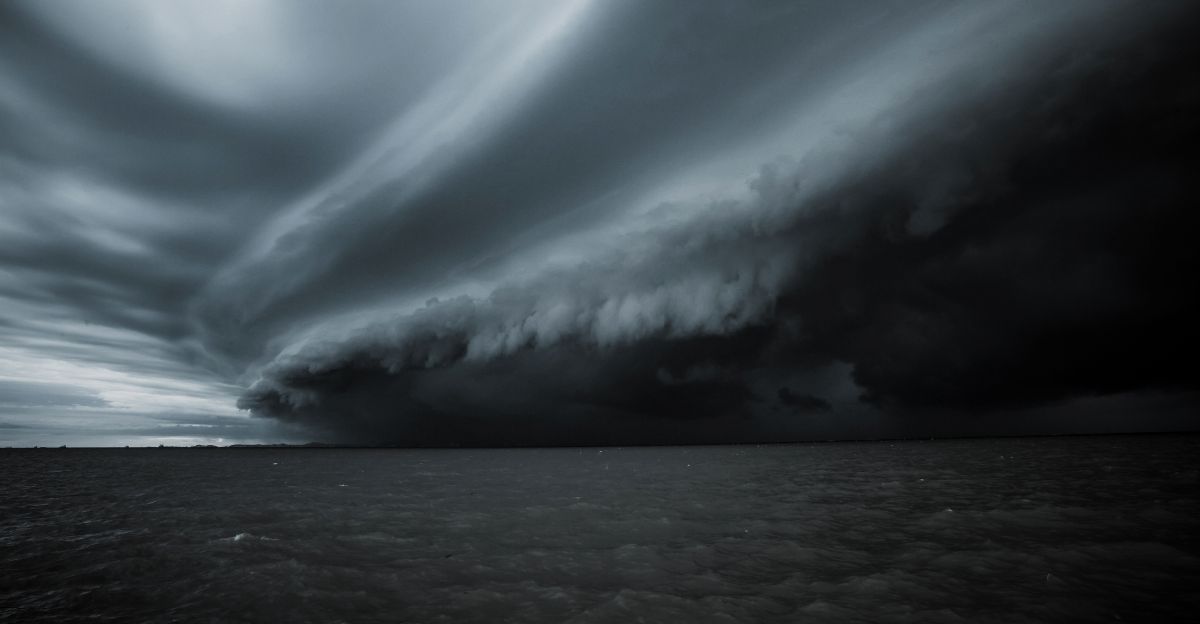
The storm also sparked renewed debate about climate change and how South Carolina cities are built. Environmental groups pushed for more investment in flood barriers and better planning, saying storms like this prove why resilience against disasters matters.
Local leaders echoed this, using the emergency to point to places where infrastructure doesn’t keep up with bigger storms. Each major weather event seems to start conversations about what more can be done to keep people safe, now and in the future.
Unexpected Winners and Losers
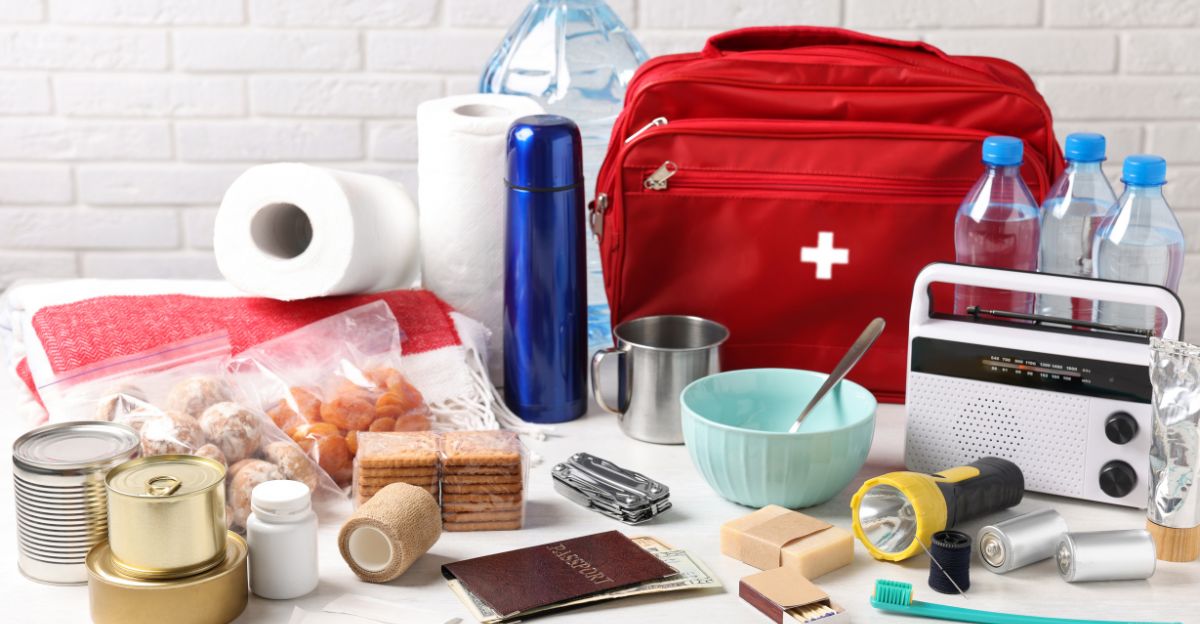
While many felt the storm’s threat as a loss, others saw it as a sudden opportunity. For example, businesses that sell emergency kits, as well as local construction crews hired to shore up buildings, were busier than ever.
Small businesses on the coast, especially those in tourism, saw bookings disappear and faced tough weeks ahead. The storm’s economic impact was a mix of good luck for some and heartbreak for others.
Wall Street Tries to Predict the Worst
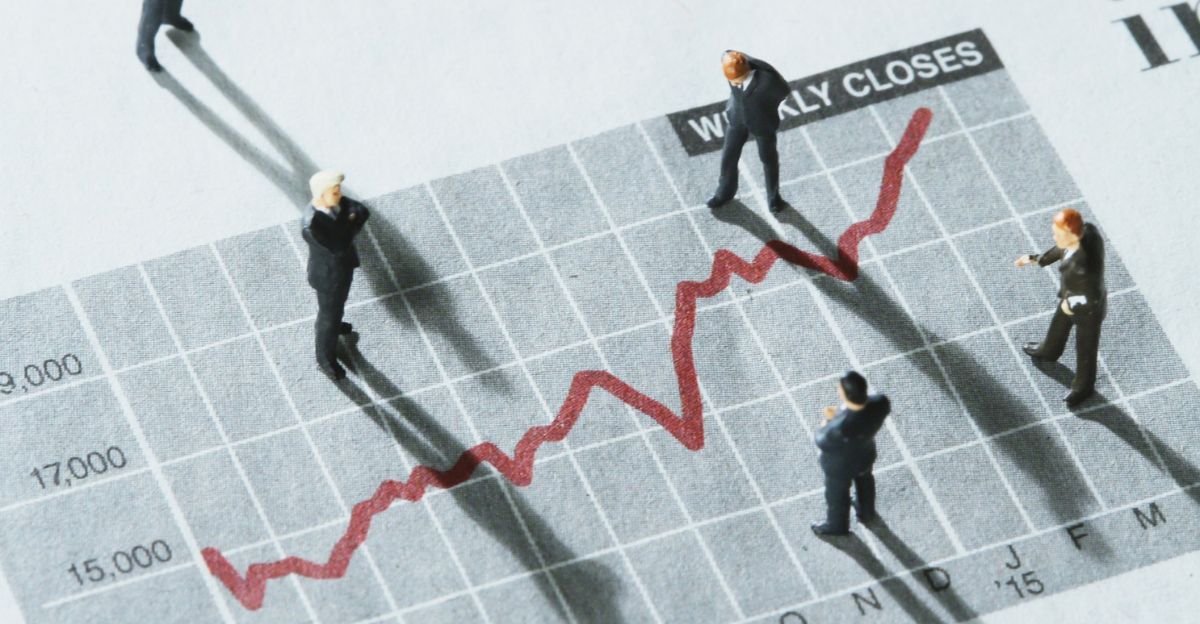
Financial analysts on Wall Street kept close watch on the unfolding events, eyeing changes in stock prices for insurance companies and firms in the supply chain and construction business.
Investors know that big storms lead to wild changes in real estate values and commodity prices, especially in places that might be hit hard.
What People Should Do Next
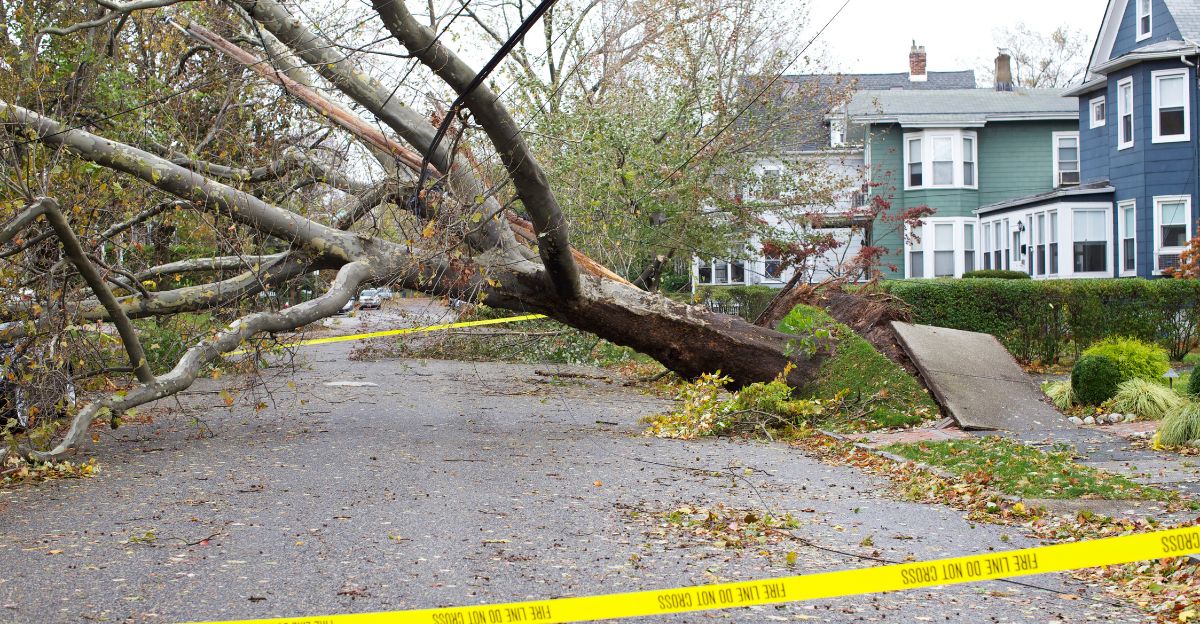
Experts reminded all residents to keep following the latest guidance from emergency officials. Making an emergency kit, charging devices, and keeping important documents safe were top recommendations.
Officials also urged people to double-check evacuation routes and listen to weather alerts. Being ready, mentally, physically, and with enough supplies, can make all the difference in staying safe.
What Comes Next?
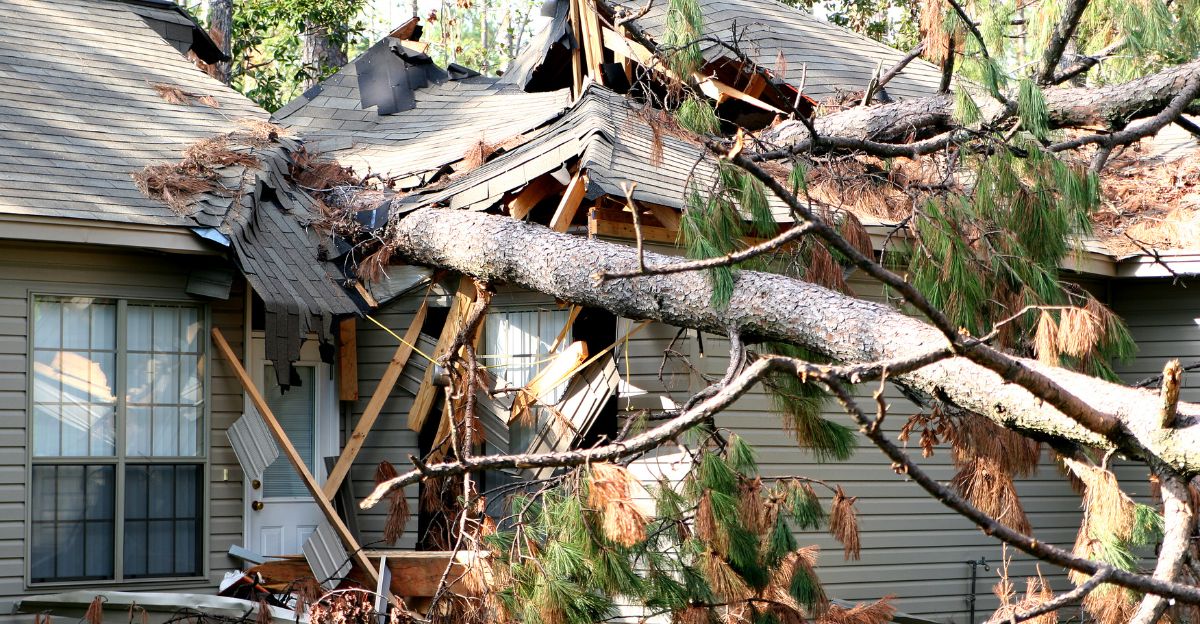
While everyone watched the sky and weather maps, local officials worked on what would need to happen after the storm. Rebuilding roads, fixing power lines, and helping people whose homes were damaged were all part of the plan.
South Carolina’s leaders reminded everyone that staying prepared means not just facing the storm, but also having a plan for recovery and ongoing support.
Lessons Learned for the Future
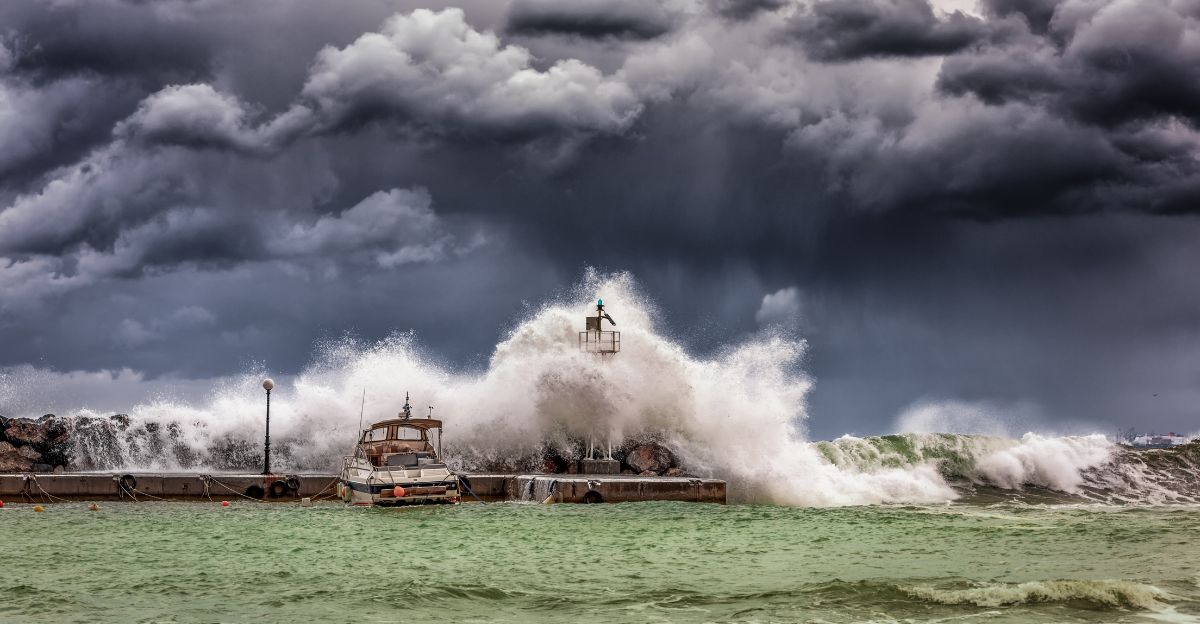
South Carolina’s quick and organized response to this threat is a lesson in why being ready matters. Good communication, trusted leadership, and strong teamwork are all crucial when natural disasters strike.
This storm reminded everyone that a little preparation and cooperation go a long way, and the experiences from this event will help make everyone safer for years to come.